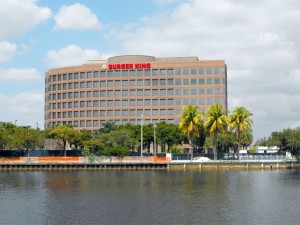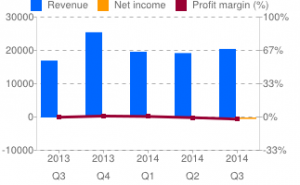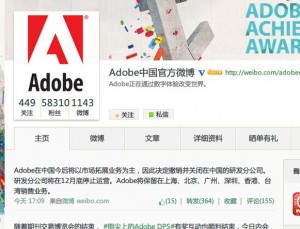As we mentioned in Class 3 about business ethics, according to Milton Friedman, a company should not be responsible for the whole society since such kind of task is the main concern of the government; therefore, if an entrepreneur or a company decides to intervene in social welfare, ultra vires actually happen. However, can we imagine a world which is merely interest-driven—every single individual acts only based on their self-interests?
Indeed, social entreprise is a “freak” in a way—let us recall its definition first, different from normal firm’s goal of maximizing profit, social entreprise aims at maximizing improvements in human and environmental well-being. Social entreprises can be basically classified into two modes—social and investment approach. One may want to ask why there would be such “stupid” companies or individuals that regard businesses as philanthropies? The answer is clear; because the society needs social entreprises. Admittedly,we are living in a rapid developing society and our living standard is improving mariculously. However, there are always certain groups for people defined as marginalized people, no matter how prosperous the society is. If the society decides to follow majority rule and ignore marginalized people’s appeal, the gap between those two interest groups would become larger and larger. Accordingly, the existence of social entreprise magically relieves this nightmare. By operating social entreprises, vulnerable groups do get chances to realize their values; meanwhile, such activity builds up strong collaborations between social network and trans-border fields, pushing forward the establishment of social capital.
So if the United Nations was fully funded, do we still need social entreprises? Definitely yes, for social entreprises are not supplements in business world; instead, they are the vital ingredients which may conversely determine the whole market. Similarly, the concept could be applied to “Arc Initiative”. Taking what I talk about into consideration, would anyone consider the existence of social entreprises and Arc is redundant and they are “freaks” still? Probably no.
Works Cited:
1. Lorainne Lopez. “A New Platform for Social Enterprise Startups in the U.S.”. Huff Post. Oct.27, 2014
http://www.huffingtonpost.com/lorainne-lopez/a-new-platform-for-social_b_6044804.html
2. Ducan Thorp. “Social enterprises are changing our society”. The Scotsman. Nov.4, 2014
http://www.scotsman.com/news/social-enterprises-are-changing-our-society-1-3592826
3. Social Enterprise. Wikipedia.
http://en.wikipedia.org/wiki/Social_enterprise
4. “What is social entrepreneurship”. Skoll World Forum.
http://skollworldforum.org/about/what-is-social-entrepreneurship/














Recent Comments